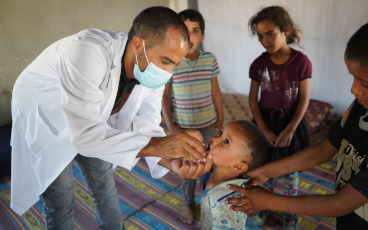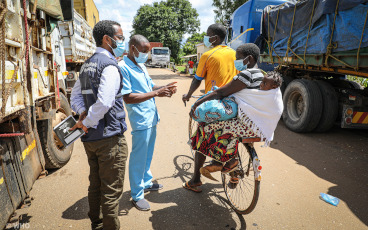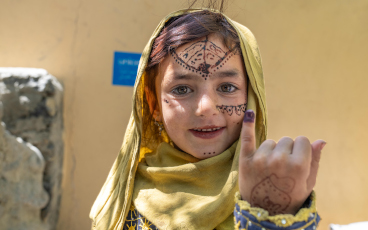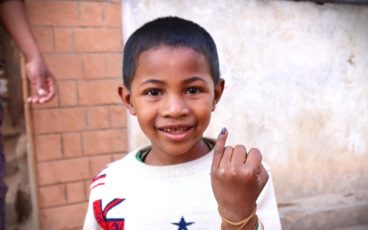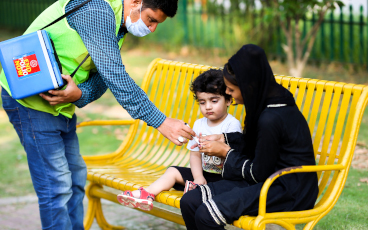No polio detected in Tajikistan since third round of supplemental immunization
Polio returned to Tajikistan last year when a circulating vaccine-derived poliovirus type 2 (cVDPV2) outbreak was declared in the province of Khatlon
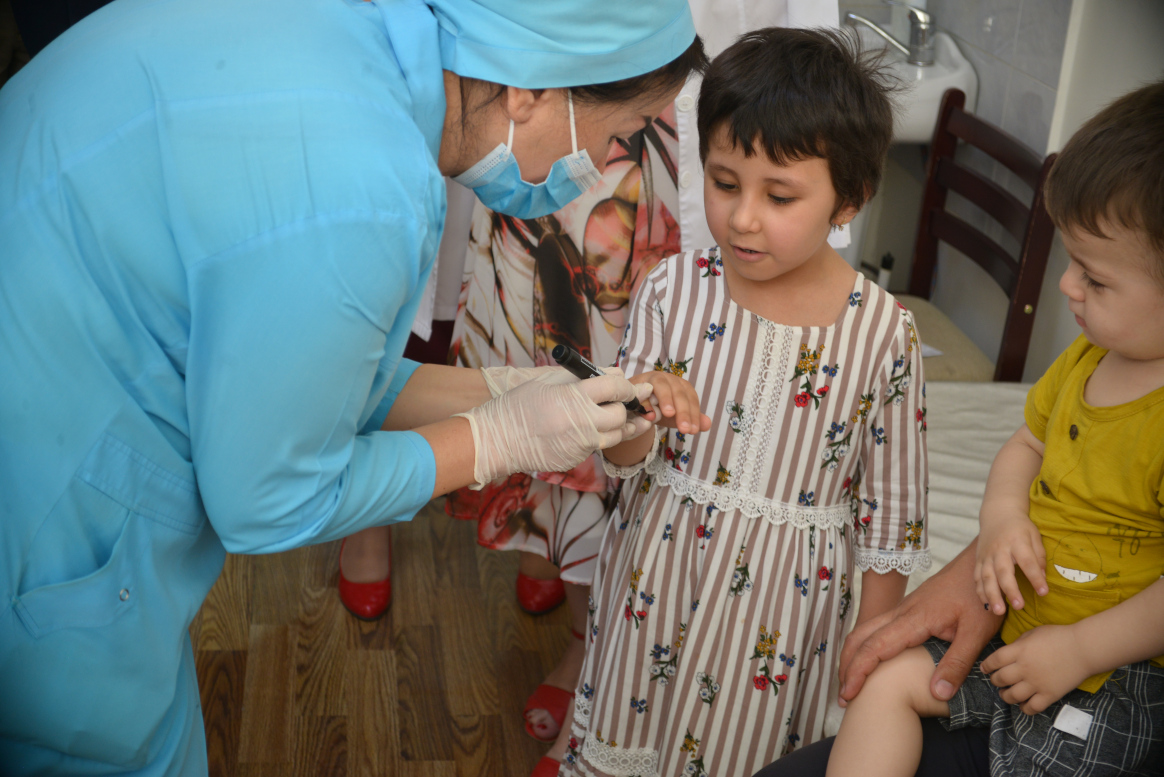
Poliomyelitis (polio) returned to Tajikistan in the past year, with the first case of an outbreak of circulating vaccine-derived poliovirus type 2 (cVDPV2) detected in a child who developed acute flaccid paralysis (AFP) on 22 November 2020 in the province of Khatlon.
In response to the outbreak, 3 rounds of supplementation immunization with novel oral polio vaccine type 2 (nOPV2) were conducted, all of which reached a reported 99% of the target group of children under the age of 6.
Both environmental surveillance and active AFP case searches in hospitals and health facilities are continuing throughout the country to ensure that any potential further circulation will be detected.
The latest AFP case with confirmed cVDPV2 had onset of paralysis on 26 June 2021. The latest positive environmental sample was collected on 27 August, before completion of the third round of immunization in early September.
“Tajikistan has responded with full commitment and with the dedicated support of Global Polio Eradication Initiative partners to stop this outbreak,” said Dr Victor Olsavszky, WHO Representative and Head of the WHO Country Office in Tajikistan.
“We are cautiously optimistic that the extensive surveillance and immunization campaigns of the past 11 months have closed the door on further spread of this virus. This is vital for the health of children in Tajikistan and beyond.”
Extent of the outbreak in Tajikistan
As of 1 October 2021, 31 children have been found to have polio (paralysis) caused by cVDPV2, and the virus has also been isolated from 26 children without paralysis. Twenty environmental samples have tested positive for presence of the virus. All detected polioviruses are linked to a virus strain currently circulating in Pakistan.
The geographic spread of cVDPV2 (based on detection among children and in the environment) has been limited to Dushanbe city and 14 districts in the centre and south of the country.
Background
The oral polio vaccine (OPV) that has brought the wild poliovirus to the brink of eradication has many benefits: the live attenuated (weakened) vaccine virus provides better immunity in the gut, which is where polio replicates.
However, in communities with low immunization coverage, as the virus is spread from one unvaccinated child to another over a long period of time (often 12–18 months), it can mutate into a form that can cause paralysis, just like the wild poliovirus. This mutated poliovirus can then spread in communities, leading to cVDPV2 outbreaks.
The number of cVDPV2 outbreaks globally has increased sharply since early 2019. In 2020, cVDPV2 cases emerged in Afghanistan and were reported in areas close to Tajikistan, Turkmenistan and Uzbekistan.
nOPV2 is a new tool that Global Polio Eradication Initiative partners are deploying to better address cVDPV2. nOPV2 is safe and provides comparable protection against poliovirus, while being more genetically stable and therefore less likely to revert into a form that can cause paralysis in under-immunized communities. This means that nOPV2 could help stop cVDPV2 outbreaks.
WHO recommends that all countries, in particular those in which there is frequent travel to and contact with polio-affected countries and areas, strengthen surveillance for AFP and maintain high routine immunization coverage. All travellers to polio-affected areas should be fully vaccinated against polio.


